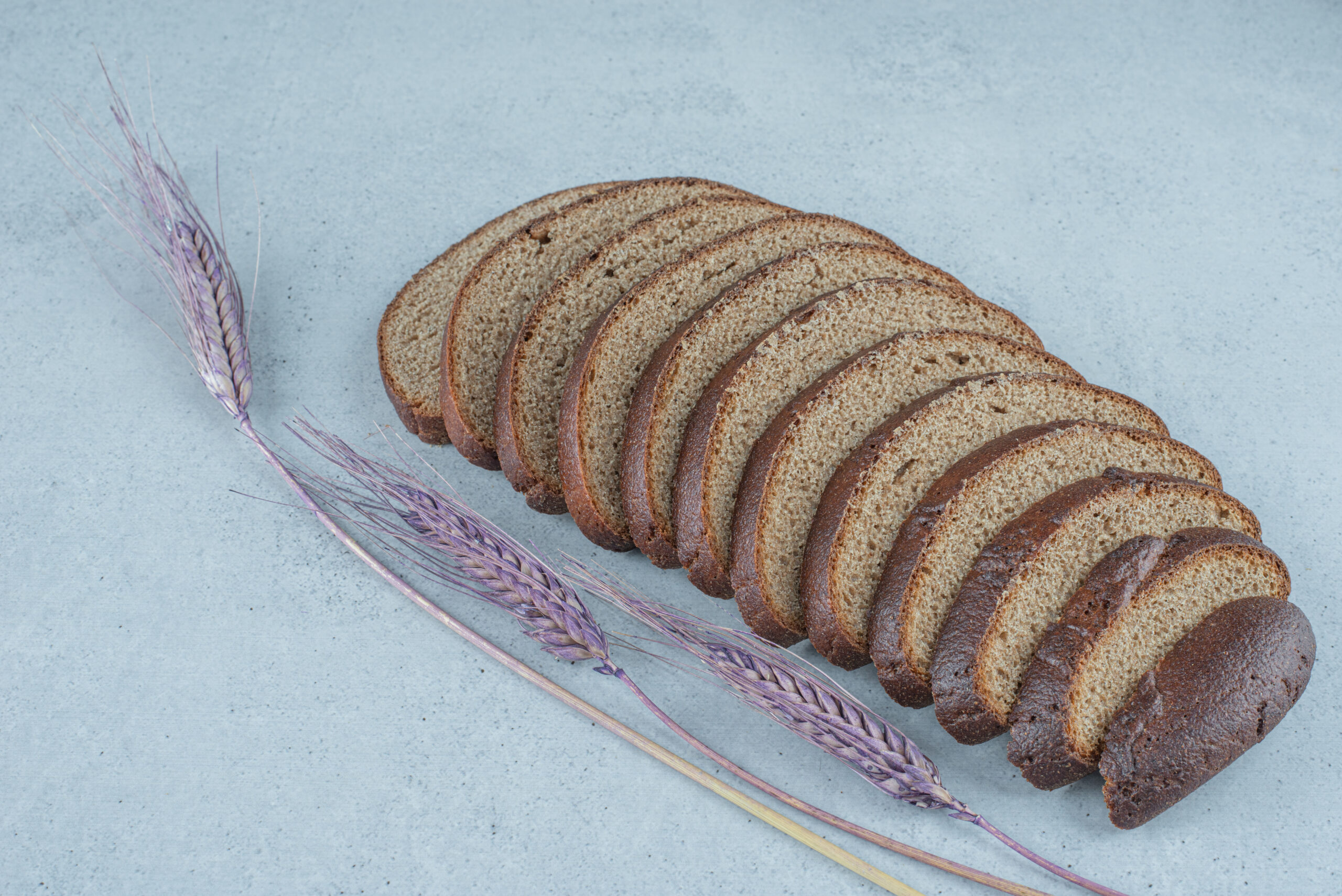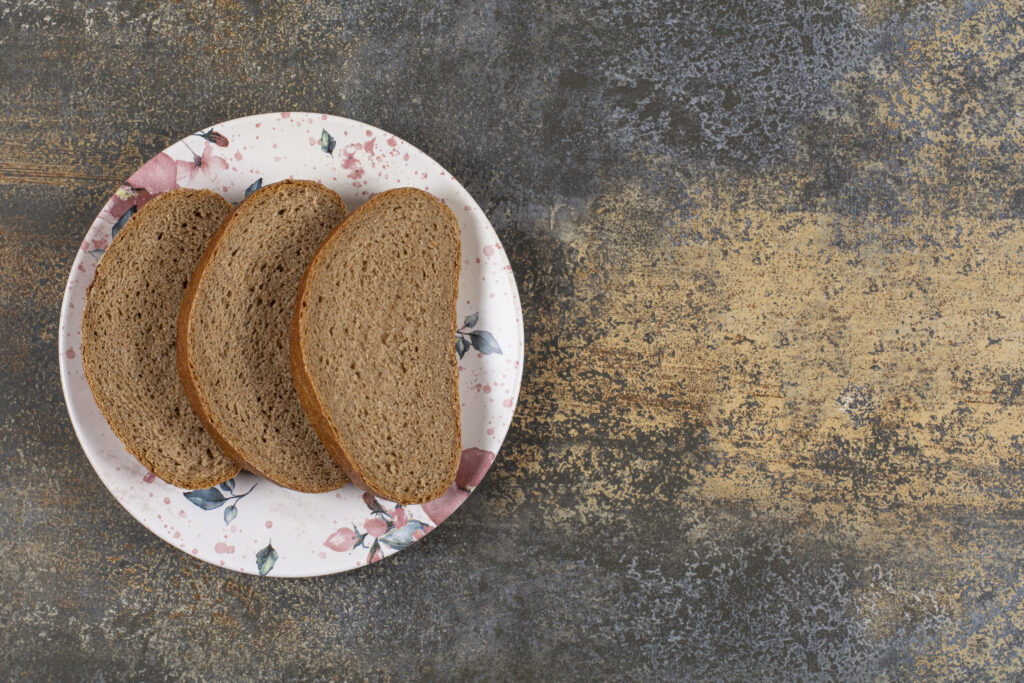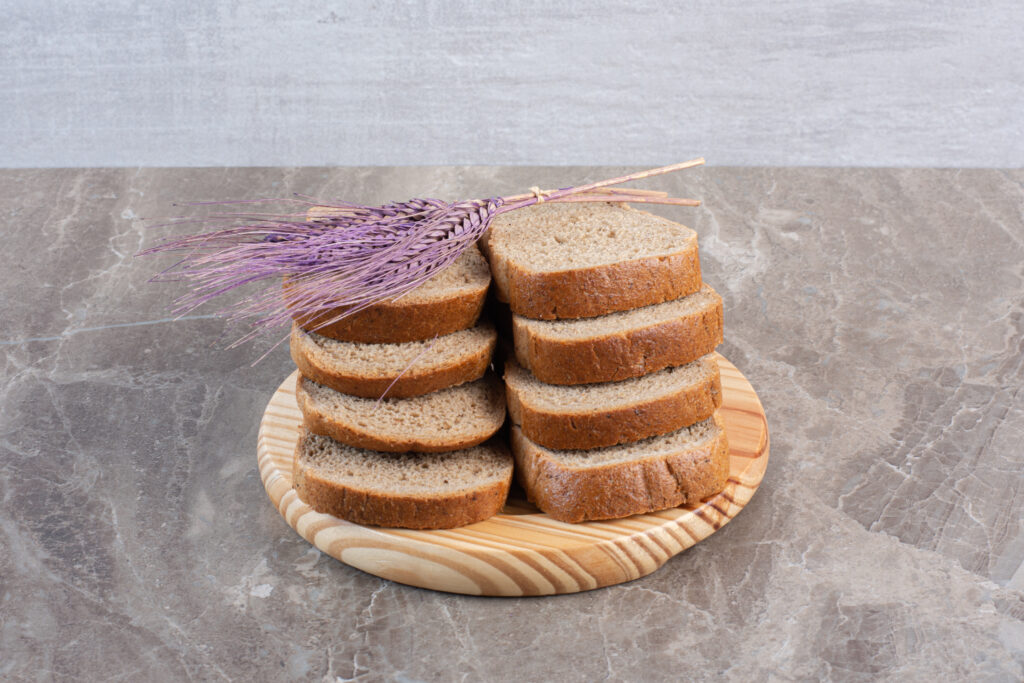150 Powerful Snake Quotes About Life, Change, and Strength


Pumpernickel bread, with its distinctively dark hue and robust flavor, holds a special place in the world of baking. Known for its rich history and unique taste, this hearty bread has been a staple in many European cultures for centuries. Its dense texture and earthy aroma make it a favorite among bread enthusiasts and home bakers alike. Delving into the world of pumpernickel unveils not only the traditional methods and ingredients that define it but also the innovative adaptations that continue to evolve this classic loaf. Whether you are a seasoned baker or a curious novice, understanding pumpernickel bread offers a rewarding glimpse into the art of bread-making.
The origins of pumpernickel bread can be traced back to the Westphalia region of Germany, where it was first created in the 15th century. The name “pumpernickel” is believed to have derived from the German words “pumpern,” meaning to break wind, and “Nickel,” a form of the name Nicholas, which was a common name for a goblin or devil. This name humorously referred to the bread’s dense and heavy nature, which was thought to be difficult for the digestive system to process.
Traditionally, pumpernickel was made using coarsely ground rye flour and a long, slow baking process, often lasting up to 24 hours. This method allowed the bread to develop its characteristic dark color and deep flavor without the use of artificial coloring or sweeteners. In the 19th century, the introduction of steam ovens and other technological advancements allowed for more consistent production, helping pumpernickel gain popularity beyond its regional origins.

At the heart of pumpernickel bread is rye flour, which gives the bread its unique taste and texture. Rye is a hardy grain that thrives in cold climates, making it a staple in many Northern European diets. Unlike wheat flour, rye flour contains less gluten, resulting in a denser bread with a chewy crumb. This characteristic is essential to the traditional pumpernickel experience.
In addition to rye flour, traditional pumpernickel recipes often include ingredients like sourdough starter, which adds a tangy flavor and aids in the bread’s fermentation process. Some recipes also incorporate whole rye berries for added texture. The inclusion of ingredients like molasses or honey is common in modern adaptations, providing a subtle sweetness that complements the bread’s earthy tones.
While traditional pumpernickel bread achieves its dark color through the Maillard reaction during its long baking process, some modern recipes use caramel color or cocoa powder to enhance the bread’s appearance. Caramel color, a natural food coloring made by heating sugar, can deepen the bread’s hue without altering its flavor.
Cocoa powder, although not a traditional ingredient, is sometimes added to pumpernickel recipes to intensify the color and add a hint of chocolatey richness. When used sparingly, cocoa powder can enhance the bread’s complexity without overpowering its natural flavors. These modern additions offer bakers flexibility in achieving the desired aesthetic and taste.
Creating authentic pumpernickel bread at home is a rewarding endeavor that requires patience and attention to detail. Here’s a step-by-step guide to help you craft a loaf that honors the traditional methods:
While pumpernickel is rooted in German tradition, variations of this bread can be found across the globe, each with its unique twist. In the United States, pumpernickel often includes wheat flour and commercial yeast, resulting in a lighter, more consistent loaf. American versions may also incorporate ingredients like caraway seeds for added flavor.
In Scandinavia, pumpernickel is sometimes made with a mixture of rye and barley flour, offering a slightly different texture and taste. In Russia and Eastern Europe, similar breads known as “black bread” share many characteristics with pumpernickel, often featuring a combination of rye and wheat flours, along with ingredients like coriander or anise seeds.
The choice between sourdough and yeast is a fundamental consideration when making pumpernickel bread. Traditional recipes rely on sourdough starter, which imparts a distinctive tangy flavor and contributes to the bread’s dense texture. Sourdough fermentation also enhances the bread’s keeping qualities, making it last longer without preservatives.
However, commercial yeast offers a more predictable and faster rise, which can be appealing for home bakers looking for convenience. While yeast-based pumpernickel may lack some of the depth of flavor provided by sourdough, it can still produce a delicious loaf with the right balance of ingredients. Ultimately, the choice depends on personal preference and the desired outcome.
Baking pumpernickel bread can present unique challenges, but with a few troubleshooting tips, you can overcome common issues. One common problem is a dense or gummy texture, often caused by insufficient fermentation or over-hydration. Ensuring your sourdough starter is active and well-fed can help improve the bread’s rise and texture.
If your pumpernickel lacks the desired dark color, consider adjusting the baking time or temperature. A longer bake at a lower temperature can help develop the characteristic color naturally. Additionally, experimenting with small amounts of caramel color or cocoa powder can enhance the appearance without compromising flavor.
Modern bakers have embraced pumpernickel’s rich flavors, incorporating it into innovative recipes that push the boundaries of traditional bread-making. Pumpernickel bagels, for instance, combine the chewy texture of a bagel with the deep, earthy taste of pumpernickel, offering a delightful twist on a classic breakfast item.
Another contemporary adaptation is pumpernickel flatbread, which serves as a flavorful base for toppings like smoked salmon, cream cheese, or roasted vegetables. These modern takes on pumpernickel allow bakers to explore new culinary possibilities while honoring the bread’s storied past.
For those eager to experiment with pumpernickel bread at home, several recipes stand out as must-tries. A classic German pumpernickel recipe, with its long baking time and simple ingredients, offers an authentic taste of tradition. For a quicker option, a modern pumpernickel loaf using both rye and wheat flour can provide a lighter texture while retaining the bread’s signature flavor.
For adventurous bakers, a pumpernickel sourdough recipe presents an opportunity to explore the complexities of fermentation and the unique flavors it imparts. Each of these recipes provides a rewarding baking experience and a delicious loaf to enjoy.

Pumpernickel bread is not only delicious but also offers several nutritional benefits. Rye flour, the primary ingredient, is high in fiber, which aids in digestion and helps maintain stable blood sugar levels. The dense nature of pumpernickel means it is more filling, making it a satisfying choice for those looking to manage their appetite.
Additionally, the slow fermentation process used in traditional pumpernickel recipes can enhance the bread’s nutritional profile by making nutrients more bioavailable. This process also lowers the bread’s glycemic index, making it a suitable option for individuals monitoring their blood sugar.
Pumpernickel bread’s robust flavor pairs well with a variety of toppings and spreads. Traditional accompaniments include smoked salmon, cream cheese, and pickled vegetables, which complement the bread’s earthy tones. For a sweet twist, try spreading butter and honey or fruit preserves for a delightful contrast.
Cheeses such as sharp cheddar or creamy brie also make excellent pairings, balancing the bread’s hearty flavor. Whether used in a sandwich or as a base for open-faced creations, pumpernickel’s versatility makes it a canvas for culinary creativity.
Pumpernickel bread has made its mark not only in home kitchens but also in popular culture and cuisine. Its distinct flavor and appearance have been featured in various culinary competitions and cooking shows, showcasing its appeal to both traditionalists and modern chefs.
In many cultures, pumpernickel is celebrated for its historical significance and its role in festive occasions. Its enduring popularity speaks to its timeless appeal and the continued fascination with this unique and flavorful bread.